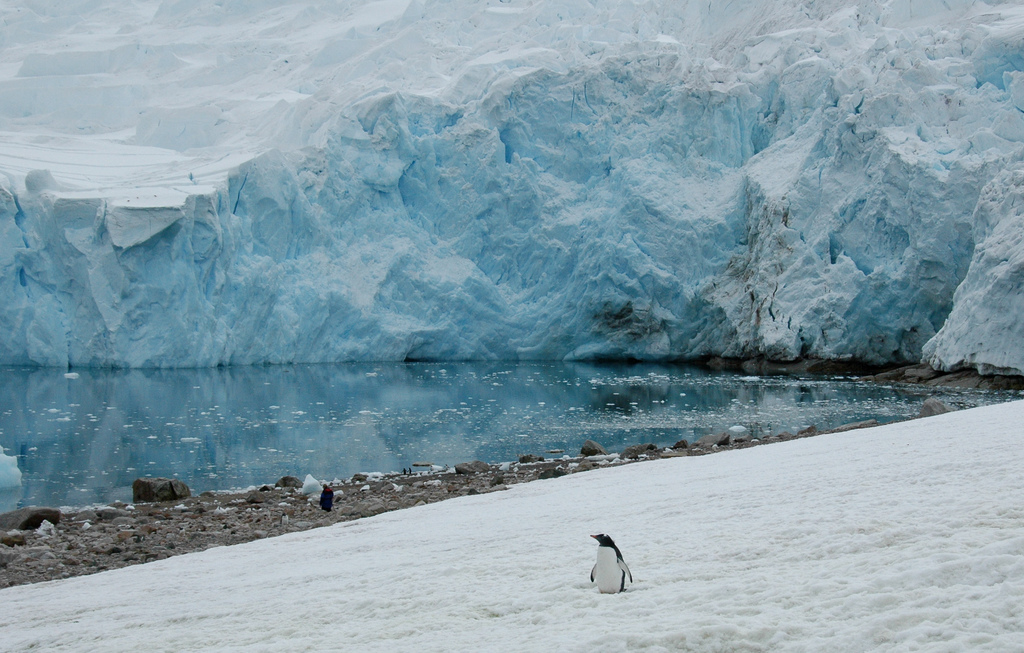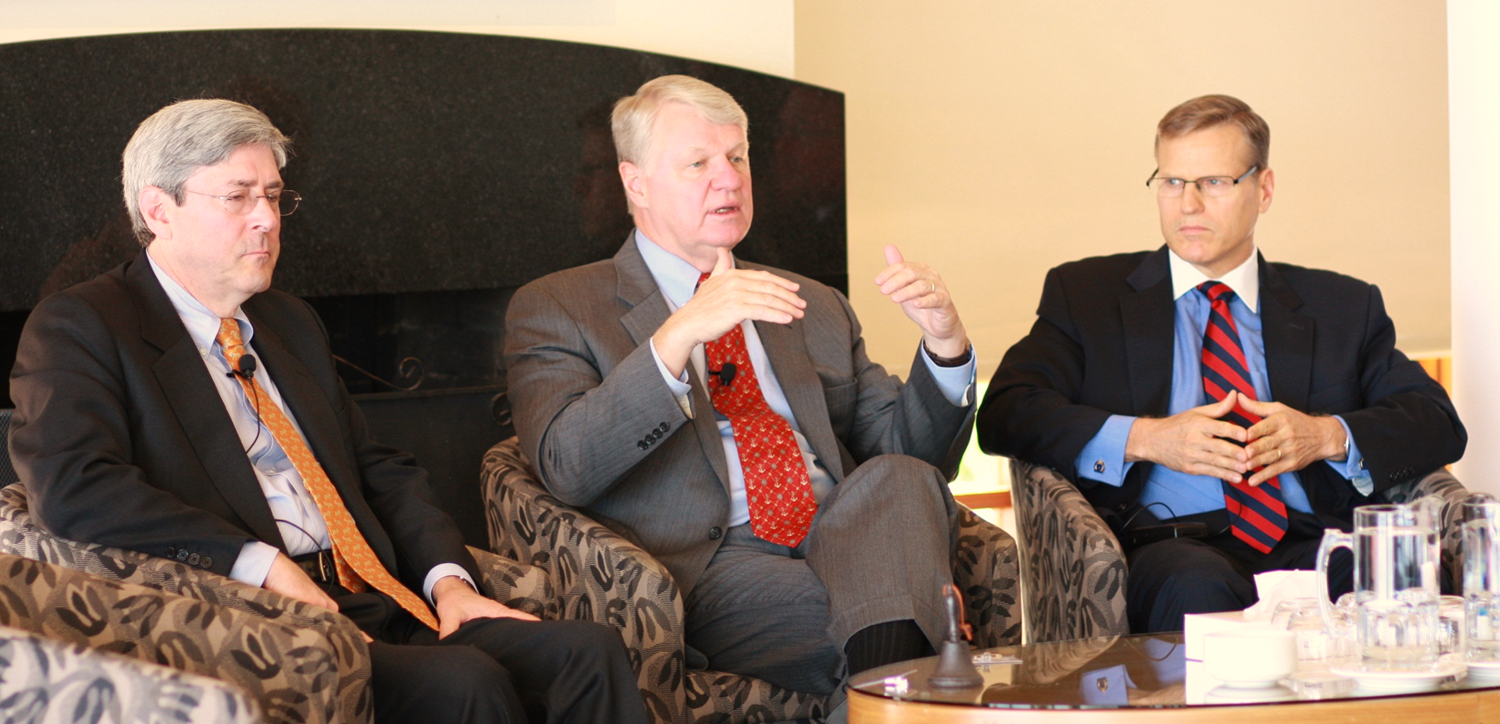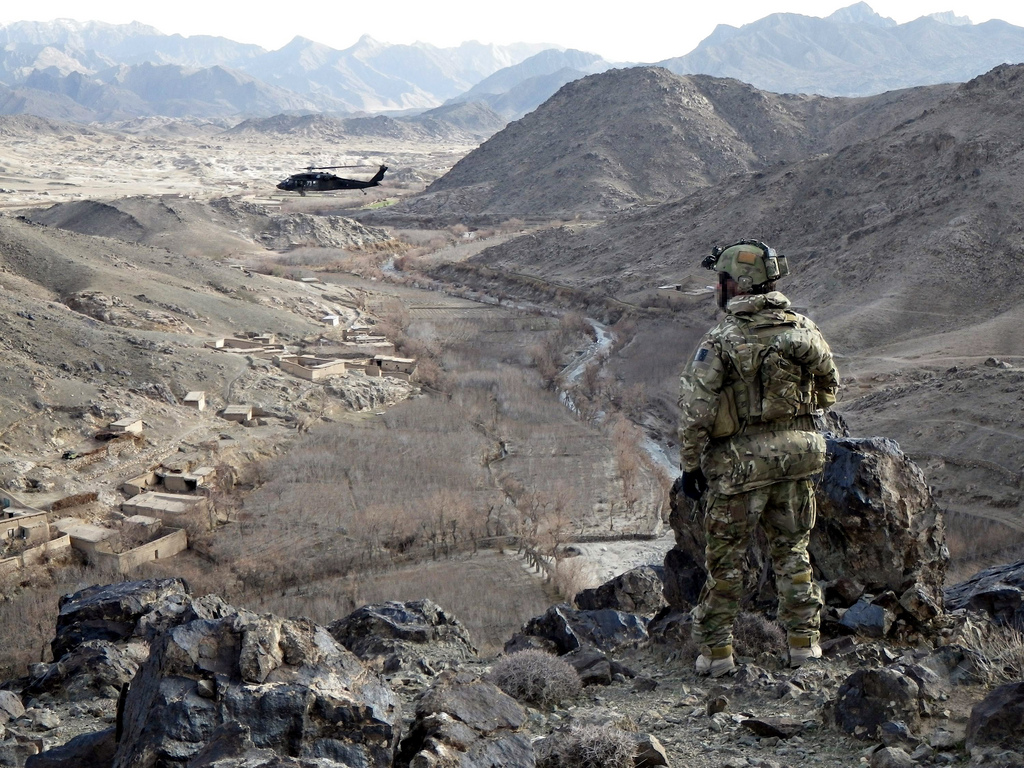ASPI suggests
Here’s our weekly round-up of articles, reports and events in the strategy, defence and security world.
The latest issue of Foreign Affairs sports a Linda Robinson piece on the future of special operations. Back in July, Robinson delivered a testimony to the House Committee on Armed Services’ Subcommittee on Emerging Threats and Capabilities on the same issue. In the testimony, she discusses a number of developments in special operations including the integration between SOF and conventional forces on the battlefield.
Moving onto Northeast Asian security issues, Ryo Sahashi has a nice piece over at East Asia Forum asking ‘Is Japan making the most of the US pivot?’.
There’s a new East-West Center paper (PDF) by Julie Chernov Hwang that looks at terrorism trends in Indonesia including the decline of salafi-jihadism and pathways to radicalisation.
On the hardware side of strategy, Andrew Erickson and Gabe Collins explore, in the Wall Street Journal, the implications of a second Chinese ‘stealth’ fighter being tested.
For military history buffs, the New York Times continues to work through the Civil War in real time (offset by a century and a half) in its wonderful Disunion series. Here’s the latest instalment.
For those interested in reading about the tactical and more human side of warfare, journalist Chris Masters has released a new book, Uncommon Soldier, which explores the modern Australian soldier. And speaking of Chris Masters, he’ll be up in Darwin on Tuesday 13 November talking about Uncommon Soldier at the Northern Territory Library, Parliament House at 5.15pm.
If you haven’t already, Canberra readers can register for a talk by Sam Roggeveen, editor of the Lowy Institute’s Interpreter, on ‘10 lessons from 5 years of political blogging’ at 5.30pm, Thursday 8 November at ANU’s Hedley Bull Centre.
Also at the Hedley Bull Centre, strategic studies scholar and Strategist contributor Professor Robert Ayson will launch his new book on the international relations heavyweight Hedley Bull, Hedley Bull and the Accommodation of Power from 5.30pm, Friday 9 November. Refreshments will be provided after the event, along with a chance to purchase his book.




